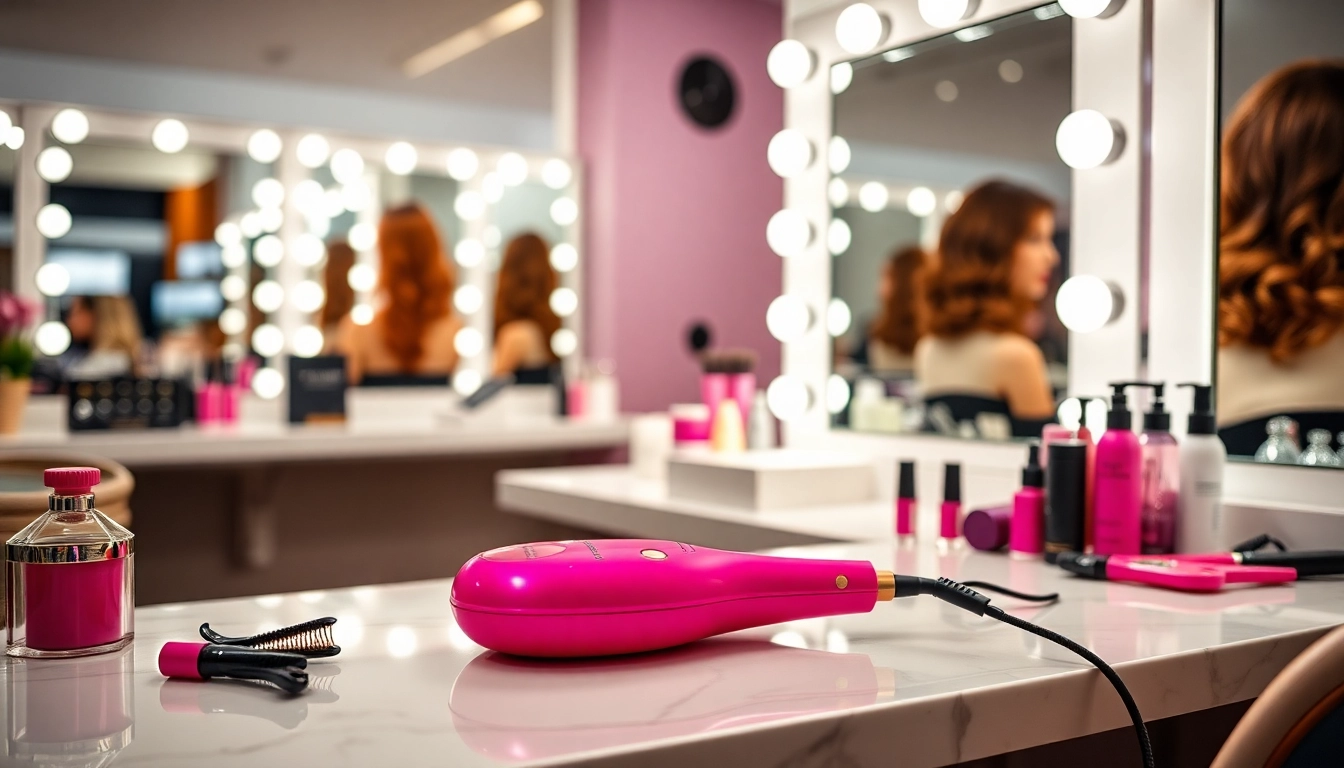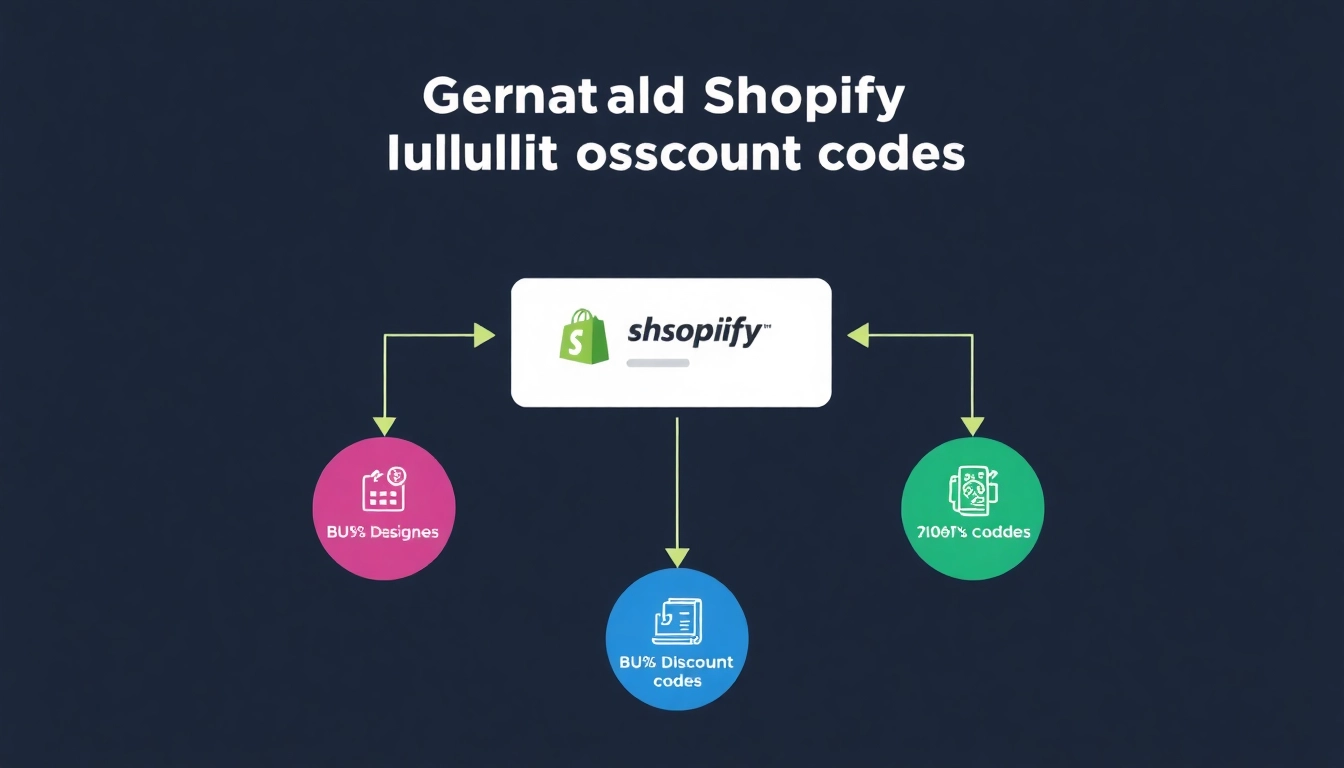Understanding Promotional Products
Promotional products are an integral component of modern marketing strategies, serving as tangible representations of a brand’s identity and message. These items, which range from pens and mugs to bags and technology gadgets, offer businesses a way to connect with their audience effectively. The wise use of promotional products can elevate brand visibility, foster customer loyalty, and enhance the overall perception of the brand.
What Are Promotional Products?
Promotional products are items that bear a logo or message and are given away to promote a brand, product, or service. These products serve not just as gifts but as reminders of the company. The effectiveness of these items lies in their ability to be useful, thereby increasing their longevity and the visibility of the brand. Typical examples include custom-branded pens, water bottles, tote bags, apparel, and electronics. They function as both advertising tools and practical items, creating a lasting impression on the recipient.
History and Evolution of Promotional Products
The history of promotional products dates back to the late 18th century when political figures began using items like buttons and calendars to promote their campaigns. However, it was during the rise of the advertising industry in the early 20th century that promotional products really began to blossom. With the advent of trade shows and exhibitions, companies began using branded giveaways to attract potential customers. Over the decades, the evolution of technology has greatly impacted the types of promotional items produced, with companies increasingly opting for tech-savvy options like USB drives and mobile accessories.
Benefits of Using Promotional Products for Marketing
Promotional products yield numerous benefits, including:
- Brand Recognition: Frequent exposure through everyday products increases brand recall.
- Cost-Effectiveness: Compared to traditional advertising methods, promotional products often provide a higher return on investment.
- Building Relationships: Gifting useful items fosters goodwill and strengthens customer relationships.
- Increased Sales: Customers who receive promotional items often have increased engagement and are more likely to make a purchase.
Choosing the Right Promotional Products
Factors to Consider When Selecting Promotional Items
Selecting the appropriate promotional products is crucial for maximizing their effectiveness. Here are key factors to consider:
- Target Audience: Understand your audience’s preferences, interests, and needs to choose items they will appreciate.
- Brand Message: The selected product should resonate with the brand’s messaging and values.
- Budget: Determine your budget; the cost of production and distribution impacts your selection.
- Utility: Practical items are more likely to be used regularly, keeping your brand top-of-mind.
- Longevity: Choose items that the recipient will keep for a long time, ensuring ongoing brand exposure.
Popular Types of Promotional Products
Some popular categories of promotional products include:
- Apparel: T-shirts, hats, and jackets that provide visibility and brand recognition.
- Office Supplies: Items like pens, notebooks, and USB drives that are regularly used in professional settings.
- Drinkware: Mugs, water bottles, and tumblers that can be used daily by consumers.
- Eco-Friendly Products: Reusable bags, bamboo utensils, and plantable products that appeal to environmentally conscious consumers.
- Tech Gadgets: Items like power banks, wireless chargers, and headphones that are increasingly popular in a tech-driven world.
How to Align Products with Your Brand Identity
To maximize the effectiveness of promotional products in conveying your brand message, alignment with your brand identity is essential:
- Brand Colors and Logos: Ensure that the colors and logos used on the product are consistent with your brand’s identity.
- Brand Values: Choose products that represent your brand’s values and mission to create meaningful connections with consumers.
- Target Market Segment: Tailor your products to cater to the specific interests and needs of your target audience.
Designing Effective Promotional Products
Choosing Colors and Materials for Maximum Impact
The choice of colors and materials plays a pivotal role in the design of promotional products. Colors can evoke emotional responses and convey messages. For instance, blue often represents trust and reliability, while red can signify excitement and urgency. Similarly, materials should be chosen based on the desired durability and perceived value of the product. Eco-friendly materials not only appeal to sustainable practices but can also enhance your brand’s image.
Incorporating Logos and Messages
Your logo and messaging will be the face of your promotional products. To achieve the best outcome:
- Visibility: Your logo should be prominently displayed and easy to recognize at a glance.
- Clarity: Messaging should be concise and impactful, conveying your value proposition or call-to-action effectively.
- Quality: Invest in high-quality printing or engraving to ensure longevity and positive brand association.
Case Studies of Successful Promotional Product Design
Several renowned brands have successfully leveraged promotional products to enhance their market presence:
- Coca-Cola: The iconic Coca-Cola polar bear plush toy served as a memorable promotional item during holiday campaigns, significantly boosting brand visibility and customer engagement.
- Starbucks: Their reusable tumblers not only promote sustainability but also serve as a status symbol among consumers, reinforcing brand loyalty.
- Dropbox: During their launch, Dropbox gave away branded T-shirts alongside creative programs to increase sign-ups, resulting in a substantial user base growth.
Implementing a Promotional Products Strategy
Creating a Campaign Around Promotional Products
A successful campaign utilizing promotional products should encapsulate a clear strategy that includes:
- Objective Setting: Determine the goals of your campaign, whether it’s brand awareness, lead generation, or customer loyalty.
- Budget Allocation: Appropriately allocate funds for producing, distributing, and promoting the products.
- Creative Approach: Develop compelling themes or concepts that resonate with your target audience.
Distribution Methods for Promotional Products
How you distribute your promotional products significantly impacts their effectiveness. Here are effective distribution methods:
- Trade Shows: Large gatherings provide an excellent opportunity to showcase products and engage potential customers.
- Corporate Events: Handing out promotional items at company-sponsored events strengthens relationships with clients and employees.
- Direct Mail: Sending items as part of a marketing package can lead to increased customer acquisition.
- Social Media Contests: Engaging users online through contests that incentivize sharing can increase your brand’s reach.
Measuring the Success of Your Promotional Products
To determine the effectiveness of your promotional products, consider evaluating the following metrics:
- Customer Engagement: Track interactions, sign-ups, and inquiries linked to the promotional items.
- Brand Recall: Survey recipients after a period to gauge their recollection of the brand.
- Sales Conversion Rates: Analyze any uptick in sales that coincides with your promotional campaign.
- ROI Analysis: Calculate the return on investment, comparing costs against revenue generated from campaigns leveraging promotional products.
Future Trends in Promotional Products
Emerging Trends and Innovations
Promotional products continue to evolve with rising trends, such as:
- Technology-Driven Products: Smart gadgets and tech accessories are gaining popularity, offering utility and innovation.
- Customizability: Consumers seek personalized items that reflect their identity, making customization a valuable option.
- Experiential Promotions: Combining promotional products with experience-based marketing creates memorable interactions.
Sustainability in Promotional Product Choices
With growing consumer awareness around sustainability, brands are increasingly choosing eco-friendly promotional products. This shift not only demonstrates social responsibility but also attracts environmentally conscious customers. Options include biodegradable materials, recycled products, and items made from sustainable resources.
Adapting to Changing Consumer Preferences
As consumer preferences shift rapidly, brands must stay ahead by regularly updating their promotional product offerings. Understanding market trends, demographic shifts, and technological advancements can facilitate timely adaptations, ensuring products resonate with contemporary consumer expectations.



